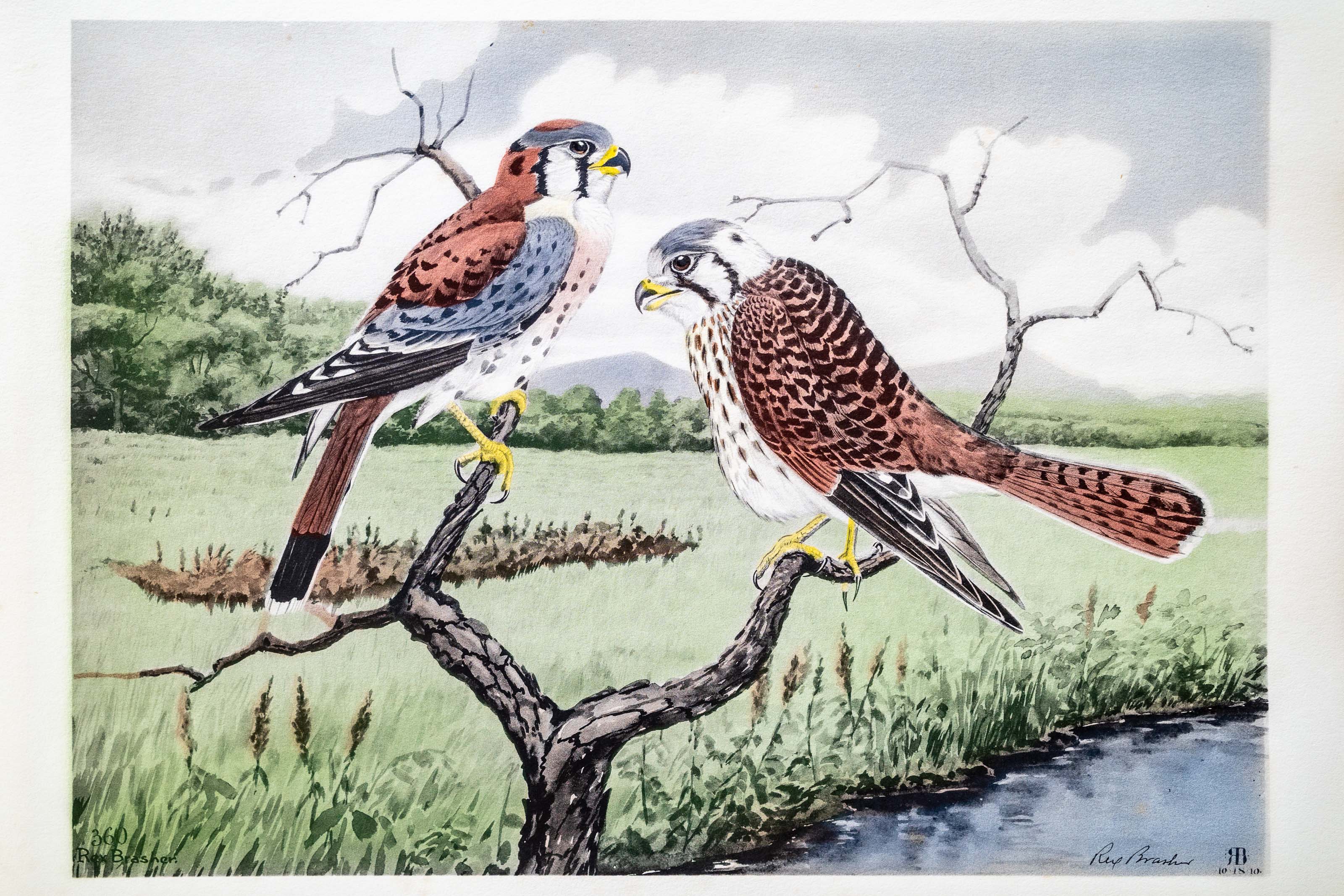
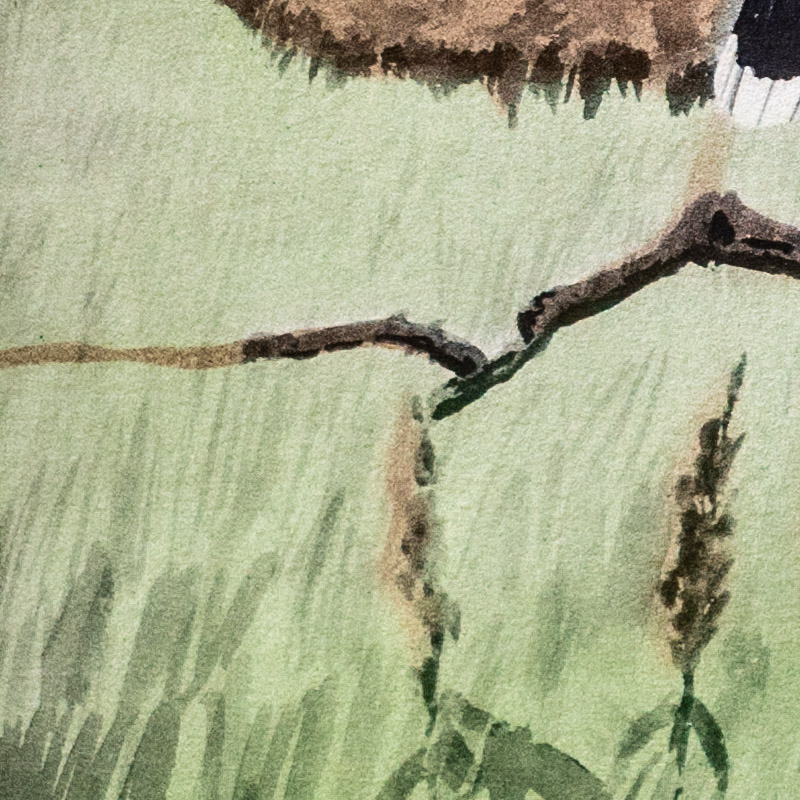
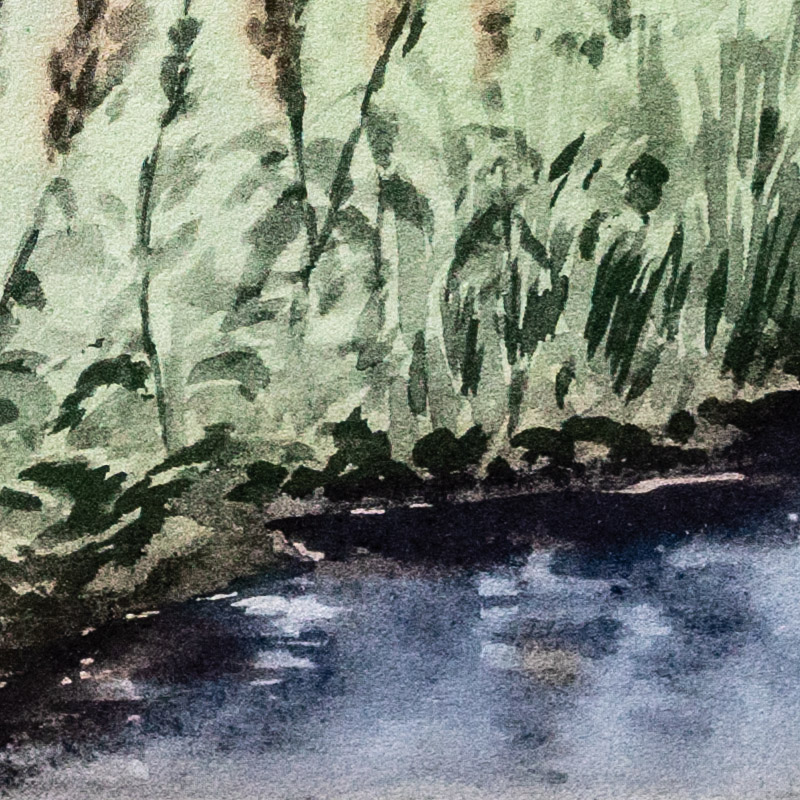
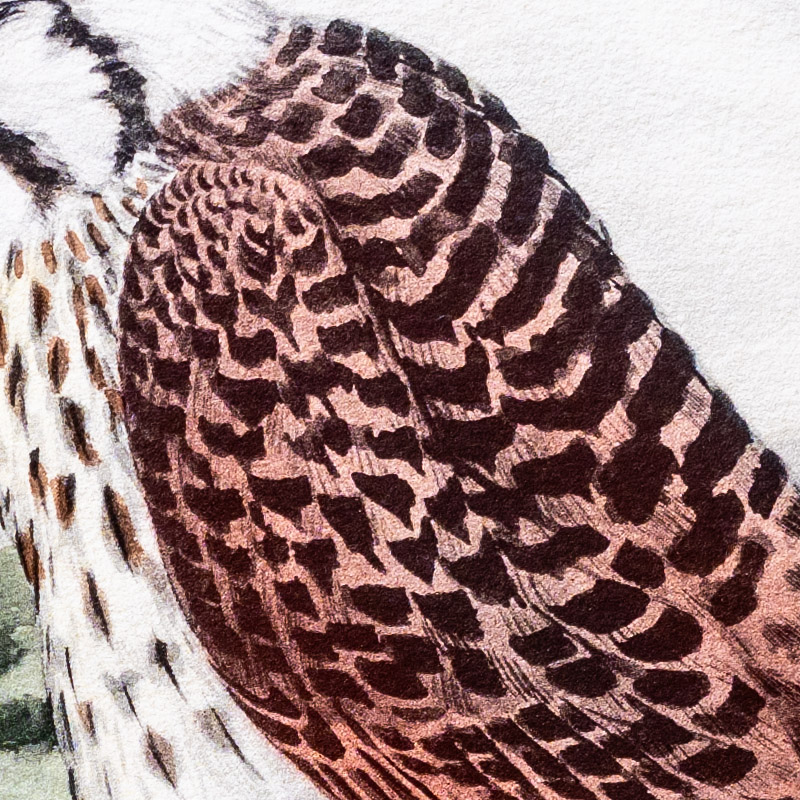
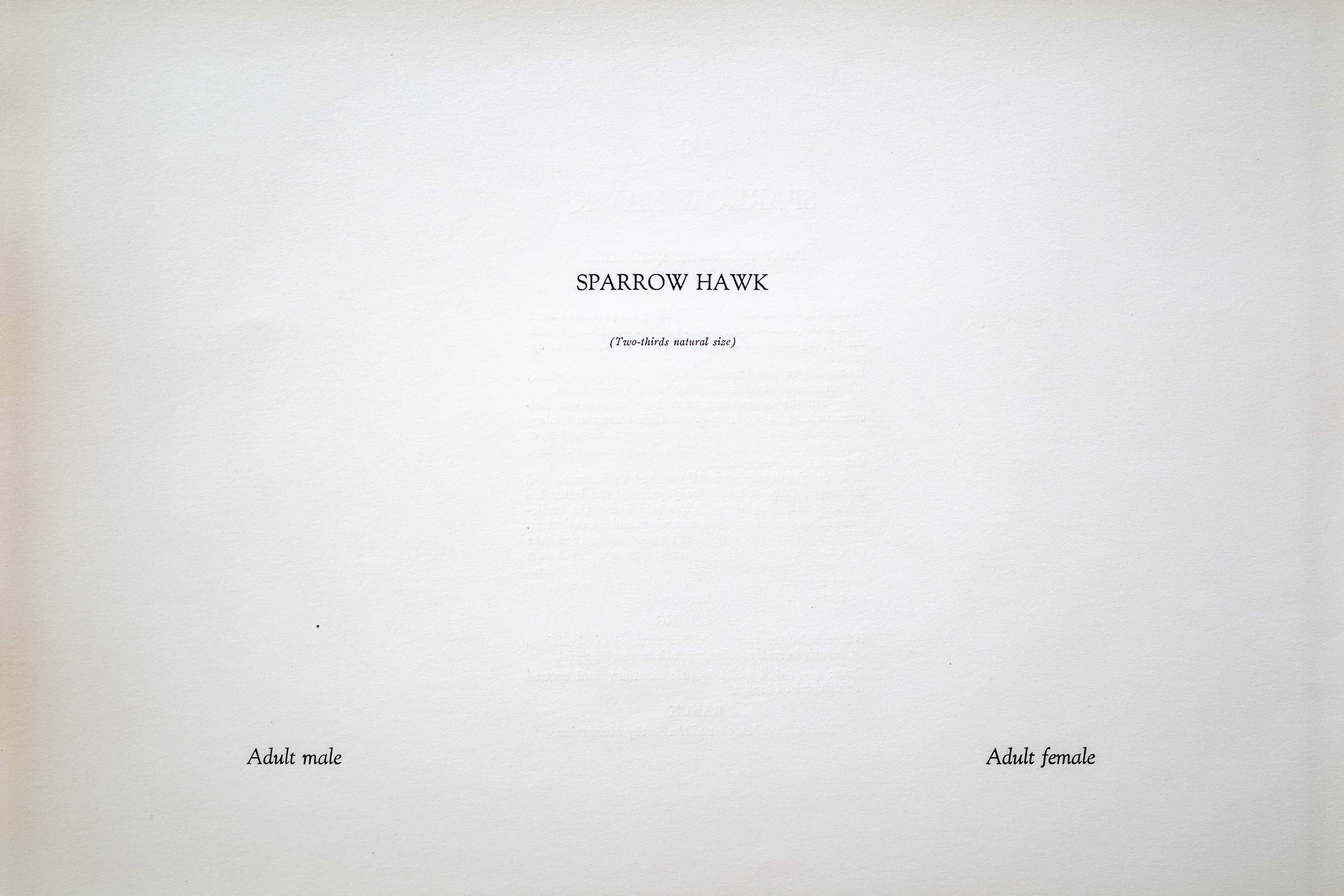
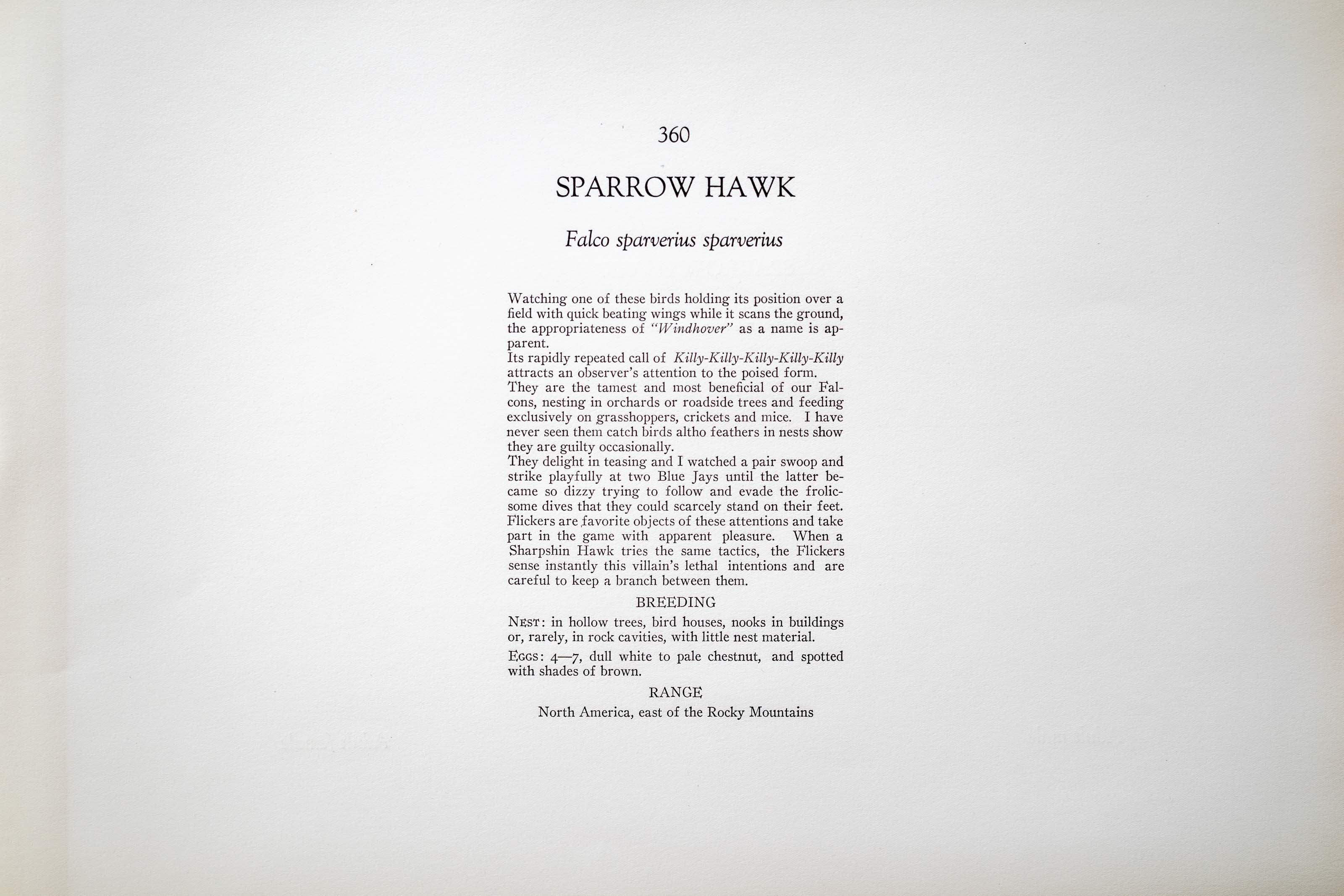

1910
1931
6
360
A team of dedicated board members, volunteers, and student interns has published every page in Volume 9. This volume includes 360 images of paintings and lyrical descriptions of birds, now available online for everyone to enjoy anywhere in the world. This is a monumental task. Each volume requires approximately 400 hours to photograph, edit, transcribe, catalog, and publish online. We need your support to complete this work.
If you're tech-savvy, have a good eye, are meticulous with details, and love structured data, please consider volunteering by emailing us at hello@rexbrasher.org.
We encourage all bird lovers and supporters to consider a monetary donation to support our mission to make Rex's work available for everyone. You can provide a one-time or recurring donation online.
Watching one of these birds holding its position over a field with quick beating wings while it scans the ground, the appropriateness of "Windhover" as a name is apparent.
Its rapidly repeated call of Killy-Killy-Killy-Killy-Killy attracts an observer's attention to the poised form.
They are the tamest and most beneficial of our Falcons, nesting in orchards or roadside trees and feeding exclusively on grasshoppers, crickets and mice. I have never seen them catch birds altho feathers in nests show they are guilty occasionally.
They delight in teasing and I watched a pair swoop and strike playfully at two Blue Jays until the latter became so dizzy trying to follow and evade the frolicsome dives that they could scarcely stand on their feet. Flickers are favorite objects of these attentions and take part in the game with apparent pleasure. When a Sharpshin Hawk tries the same tactics, the Flickers sense instantly this villain's lethal intentions and are careful to keep a branch between them.
NEST: in hollow trees, bird houses, nooks in buildings or, rarely, in rock cavities, with little nest material.
EGGS: 4–7, dull white to pale chestnut, and spotted with shades of brown.
North America, east of the Rocky Mountains.